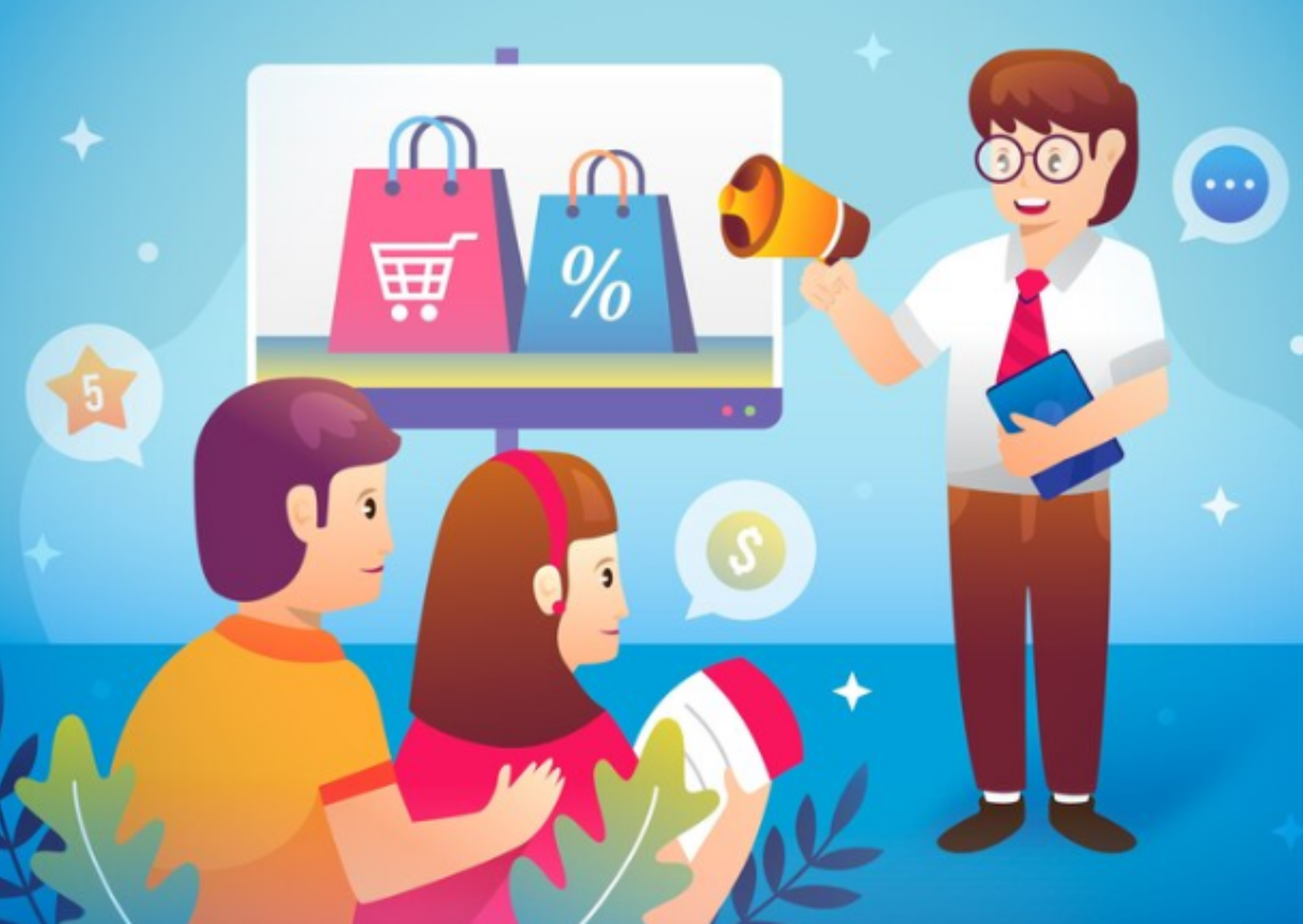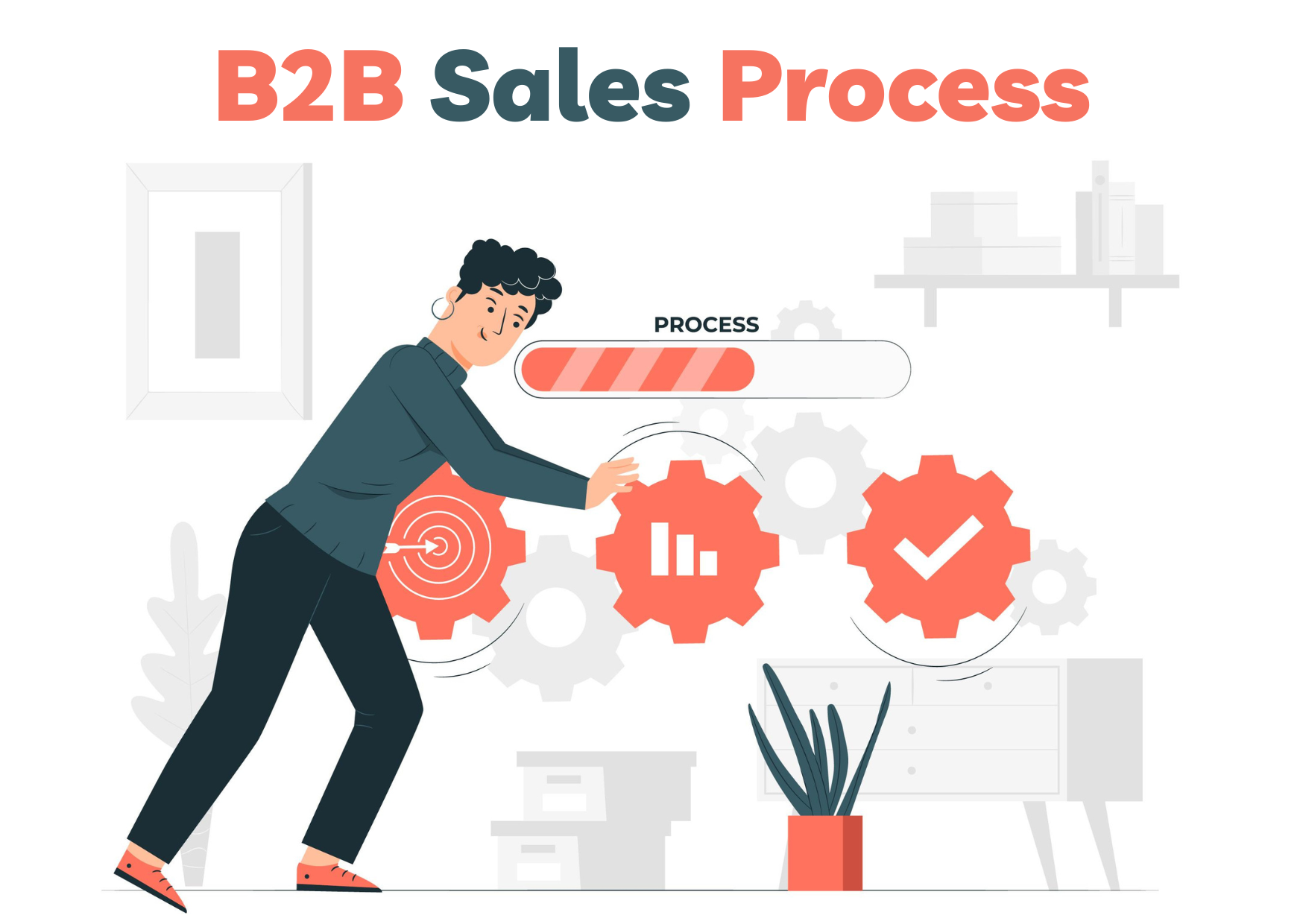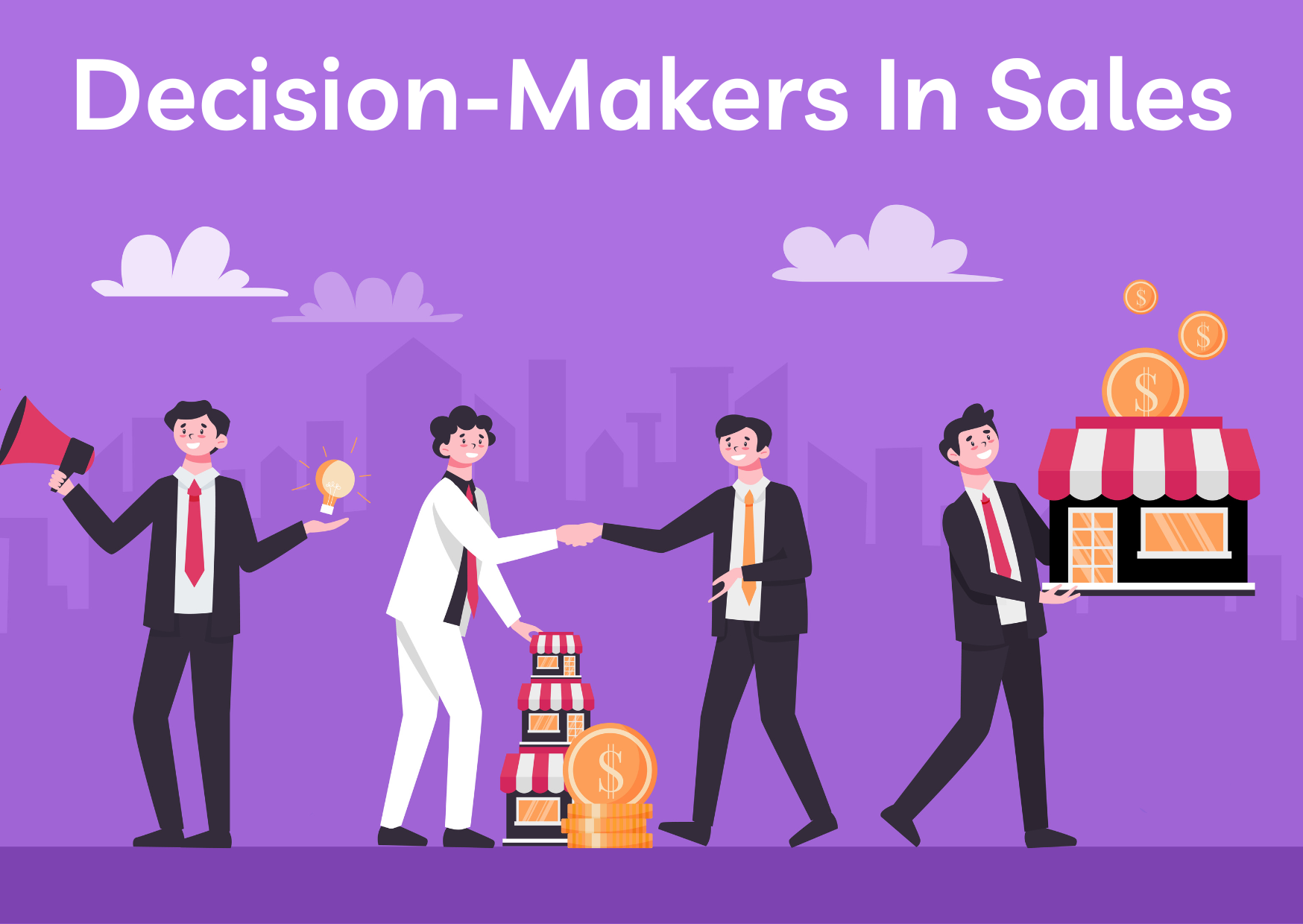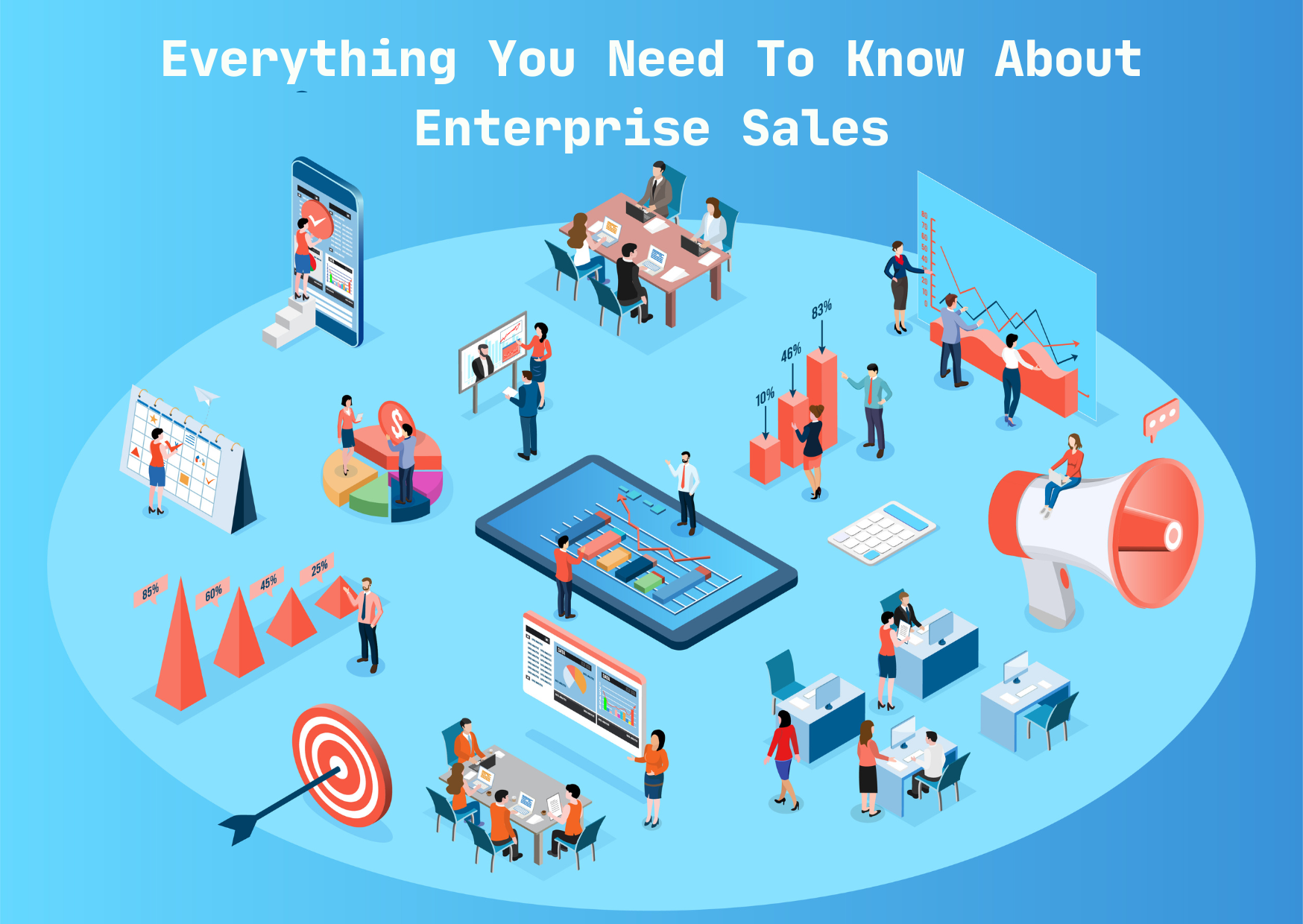Outbound prospecting is a valuable tool for any sales team looking to expand its customer base and drive revenue growth. By actively reaching out to potential customers through various channels, sales professionals can establish new relationships and identify new opportunities for their business.
However, outbound prospecting can also be a time-consuming and challenging process. It requires a combination of strategic planning, strong communication skills, and the ability to adapt to changing circumstances.
What is Outbound Prospecting?
Outbound prospecting is a way for businesses to find and reach out to potential customers. This might involve sending emails or direct mail, making phone calls, or contacting people through social media.
The goal is to try to sell a product or service to these people and turn them into customers. It can be a bit like fishing, in the sense that a business is casting a wide net and trying to see who might be interested in what they have to offer.
12 Best Techniques Of Outbound Prospecting
We’ll delve into the world of outbound prospecting, exploring the techniques that can help you succeed in this critical aspect of sales and marketing.
Identify your target audience:
It’s important to have a clear understanding of who you are trying to reach with your outbound prospecting efforts. This can include factors such as their industry, job title, company size, location, and other characteristics.
By identifying your target audience, you can tailor your outreach efforts to better meet their needs and interests.
Develop a targeted list of prospects:
Once you know your target audience, create a list of potential customers to reach out to. This list should include their name, company, job title, and contact details, as well as any other relevant information.
You can use a variety of methods to create this list, such as using a Mr E tool by EasyLeadz or creating it manually by researching potential prospects.
Research your prospects:
Take the time to research your prospects and their companies before reaching out. This will help you tailor your pitch and increase your chances of success.
Use personalization:
Customize your outreach efforts to each individual prospect. Personalization can help build rapport and establish a connection with the prospect, making it more likely that they will respond to your outreach.
Use a variety of outreach methods:
Don’t rely on just one method of outreach. Use a combination of email, phone calls, social media, and other channels to increase your chances of getting a response.
Different prospects may prefer different methods of communication, so it’s important to be flexible and try different approaches.
Use a strong subject line:
The subject line of your email or message is the first thing a prospect will see. So make sure it’s eye-catching and compelling. Use actionable language and make it clear what the email is about to increase the chances that the prospect will open it.
Keep it brief:
People are busy, so make sure your outreach efforts are concise and to the point. Don’t try to cram too much information into a single message or email, and be sure to clearly state the purpose of your outreach.
Follow up:
If you don’t get a response to your initial outreach efforts, don’t be afraid to follow up. Just make sure to give the prospect some time to respond first. You can try reaching out again using a different method of communication or adapting your message to address any concerns the prospect may have.
Use social media:
Social media can be a powerful tool for outbound prospecting, especially when used in conjunction with other methods. Look for opportunities to connect with potential customers on platforms like LinkedIn, Twitter, and Facebook, and use these channels to share relevant content and engage with your prospects.
Use a CRM:
A customer relationship management (CRM) system can help you track your outreach efforts and keep track of your prospects. A CRM allows you to store information about your prospects and track the status of your outreach efforts, making it easier to follow up and stay organized.
Practice and refine your pitch:
The more you practice your pitch, the more comfortable and confident you will be when reaching out to prospects. Take the time to develop a clear and compelling message that explains the value of your product or service and addresses any objections or concerns the prospect might have.
Be persistent, but not pushy:
Outbound prospecting requires persistence, but it’s important to strike a balance. Be persistent, but don’t be pushy or aggressive.
Wrapping Up!!
Outbound prospecting is an essential part of the sales process, helping businesses identify and connect with new potential customers. By following best practices and using a variety of outreach methods, sales professionals can increase their chances of success and drive revenue growth for their businesses.
Outbound Lead Generation
Outbound Leads
Outbound Prospecting
Prospecting In Sales
Sales Prospecting








